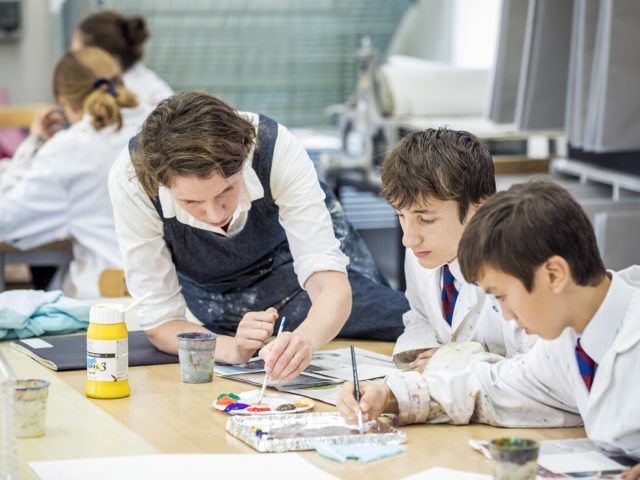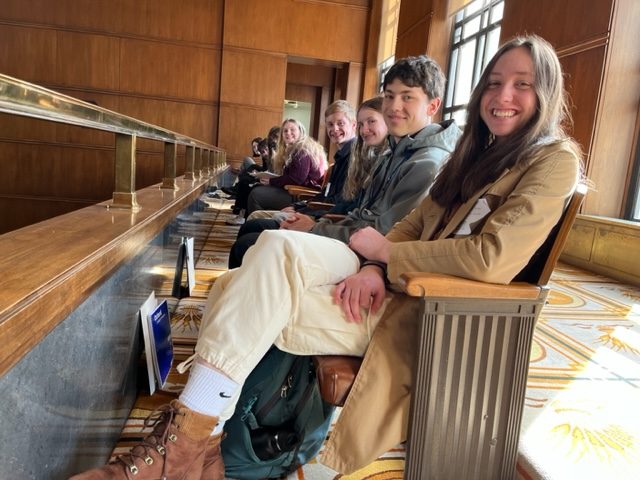Traditional vs. Progressive Education

Education plays a pivotal role in shaping the minds and futures of students. As society evolves, so do the approaches to teaching. Traditional and progressive education are two distinct pedagogical philosophies that have been debated for decades. While traditional education emphasizes structure, discipline, and standardized curriculum, progressive education focuses on individuality, critical thinking, and hands-on learning. In this blog post, we will delve into the key principles, advantages, and potential challenges of each approach, aiming to gain a deeper understanding of the ongoing discussion surrounding these two educational paradigms.
Traditional Education
Traditional education, rooted in centuries-old practices, follows a structured and teacher-centered approach. It emphasizes discipline, obedience, and rote learning. The curriculum is often predetermined, based on established standards and textbooks. Students are expected to conform to the system and adhere to rules and regulations.
One of the primary advantages of traditional education is its consistency and uniformity. Standardized testing ensures that students receive the same content and are evaluated based on a common set of criteria. This approach aims to prepare students for a competitive and demanding workforce by instilling discipline, respect for authority, and foundational knowledge in core subjects.
However, critics argue that traditional education can stifle creativity and hinder critical thinking. The focus on memorization may limit students’ ability to apply knowledge to real-world situations. Furthermore, the one-size-fits-all approach may fail to address individual learning needs and preferences, leading to disengagement and academic gaps.
Progressive Education
Progressive education emerged as a response to the limitations of traditional methods. It emphasizes student-centered learning, critical thinking, and active participation. This approach recognizes that students have diverse learning styles and unique interests, encouraging exploration and self-expression.
In progressive classrooms, teachers often act as facilitators rather than authoritative figures. They guide students to develop problem-solving skills, engage in collaborative projects, and pursue their individual passions. The curriculum is flexible and adaptable, allowing for interdisciplinary studies and the integration of real-life experiences.
The advantages of progressive education lie in its focus on holistic development and fostering lifelong learners. By encouraging curiosity, creativity, and independent thinking, this approach nurtures students’ intellectual and emotional growth. It also promotes adaptability and resilience, preparing them for the challenges of the rapidly evolving world.

However, critics argue that progressive education may lack structure and academic rigor. The absence of standardized testing and a prescribed curriculum can lead to inconsistent learning outcomes. Critics also raise concerns about the potential for unequal opportunities, as the success of this approach heavily relies on teacher competence and available resources.
Finding a Balanced
While traditional and progressive education present distinct ideologies, the reality is that most classrooms incorporate elements of both approaches. Many educators strive to strike a balance, blending the best aspects of each philosophy to meet the diverse needs of their students. A comprehensive education system recognizes the importance of foundational knowledge and discipline while promoting critical thinking, creativity, and individuality. If you found this article interesting, it is very likely you will enjoy further reading at Bible Keeper blog.
Conclusion
The debate between traditional and progressive education continues to shape the field of pedagogy. Both approaches have their merits and challenges, and finding a balance is key. Ultimately, the aim of education should be to empower students to become well-rounded individuals equipped with the knowledge, skills, and mindset necessary to succeed in a rapidly changing world. By embracing innovation, collaboration, and individuality, educators can create dynamic learning environments that cater to the diverse needs of their students and prepare them to become lifelong learners capable of thriving in any future they choose to pursue.

